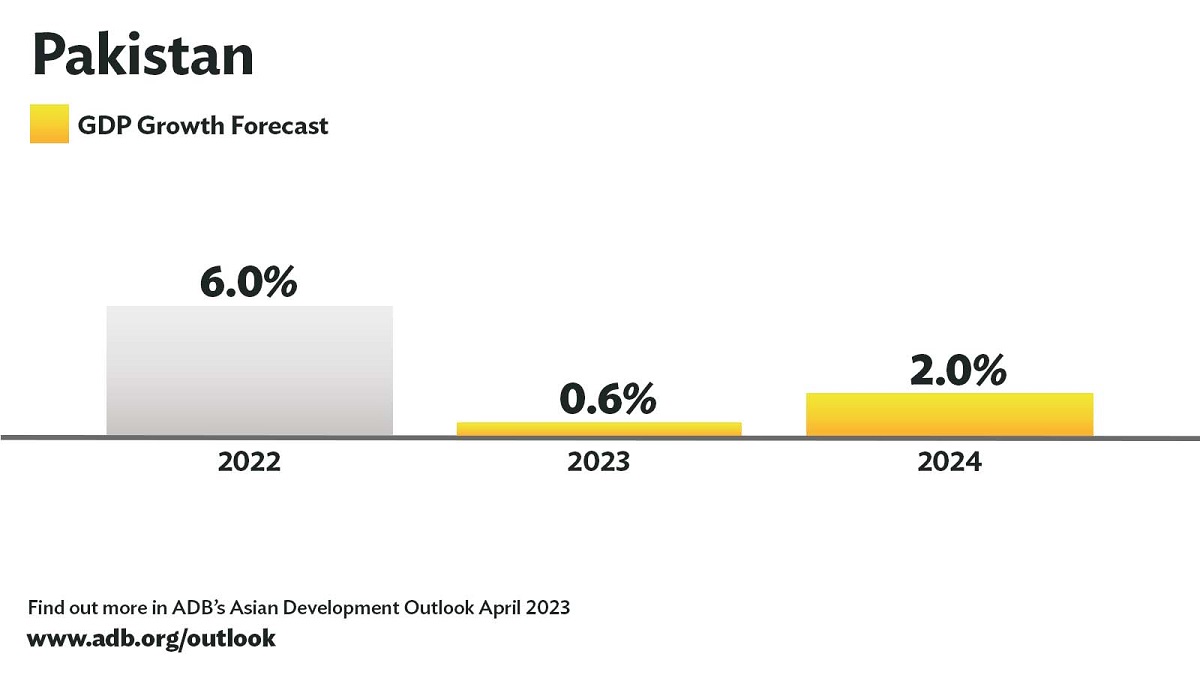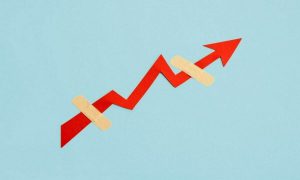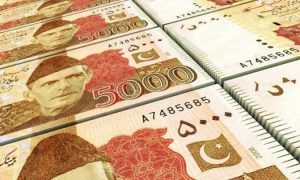Pakistan’s economy has been dealt a blow in the recent fiscal year, with its size diminishing to $341.5 billion, marking a 9% decrease, while its per capita income descended to a disappointing $1,568. This downturn has incited heated debates regarding the nation’s official Gross Domestic Product (GDP) growth figures.
On the heels of a 9% contraction in the nation’s economy, and an 11.2% decline in per capita income, as indicated by provisional estimates sanctioned by the National Accounts Committee (NAC), conflicting accounts have begun to emerge.
Sources intimate that the Pakistan Bureau of Statistics (PBS) was put under substantial duress to revise the economic growth rate, which had initially been forecasted at a negative 0.5% for the fiscal year concluding on June 30. These sources suggest that the PBS eventually yielded to the pressure, altering the growth rate to a marginal positive of 0.3%, which was then ratified by the NAC.
In the aftermath of the 2022 floods, discrepancies arose in livestock figures reported by the government in the Post-Disaster Needs Assessment (PDNA) report and those documented by the PBS. While the government reported that around a million livestock had perished, the PBS’s figures suggested a much lower number, leading to doubts regarding the credibility of both parties.
Amid these doubts, the NAC’s endorsement of a 3.8% livestock growth, which astonishingly surpasses the pre-flood growth rate of 2.3%, has raised further questions. This discrepancy casts a shadow over the approval of the official economic growth rate of 0.29%.
The quick adjustment from a negative to a positive growth rate, without the presentation of a comprehensive “working paper” for NAC approval, has sparked criticism. This marked the first instance of the national data-collecting agency, PBS, failing to produce such a paper.
Read More: Pakistan’s Economy Struggles Amidst Crisis, Records Stagnant Growth of 0.3%
Nevertheless, in the face of economic contraction, inflation led to a rise in the size of the economy to almost Rs85 trillion in 2022-23 and increased per capita income by a fourth in rupee terms, despite decreases in dollar terms.
Dr. Naeem ul Haq, Chief Statistician at the PBS, has denied allegations of manipulation, declining to comment on queries related to changes in the GDP growth rate or the absence of a working paper during the NAC meeting.
Nonetheless, insiders within the PBS and the Ministry of Planning claim that the pressure on PBS management to adjust figures was palpable. In contrast, senior government officials and functionaries deny exerting any pressure, shifting responsibility onto the chief statistician.
In the face of all these controversies, the PDNA report sheds light on severe losses to the agriculture, food, livestock, and fisheries sectors amounting to $3.7 billion. Despite these reported losses, the NAC surprisingly approved a growth in the fishery sector, with a projected negative impact on the industrial sector, contradicting the government’s reports of high growth rates in various sectors.
In a final twist, despite a significant contraction in several critical crops and the industrial sector, the agriculture sector has been estimated to grow at 1.6%, sparking more questions about the validity of these numbers. The government reports only minor negative growth in key sectors despite numerous challenges, leaving the Pakistani economy and its stakeholders in a state of uncertainty.



























